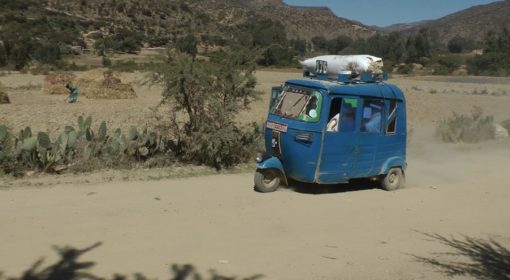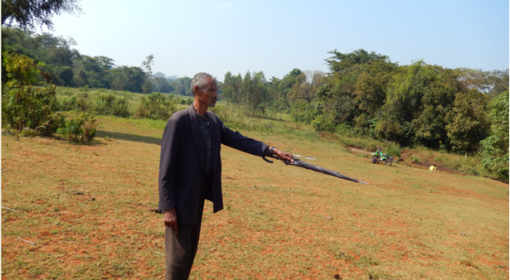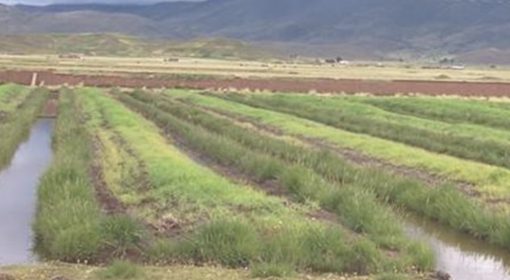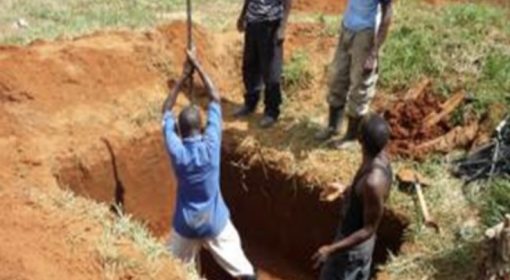By Francesco Sambalino and Cecilia Borgia
April 14, 2015
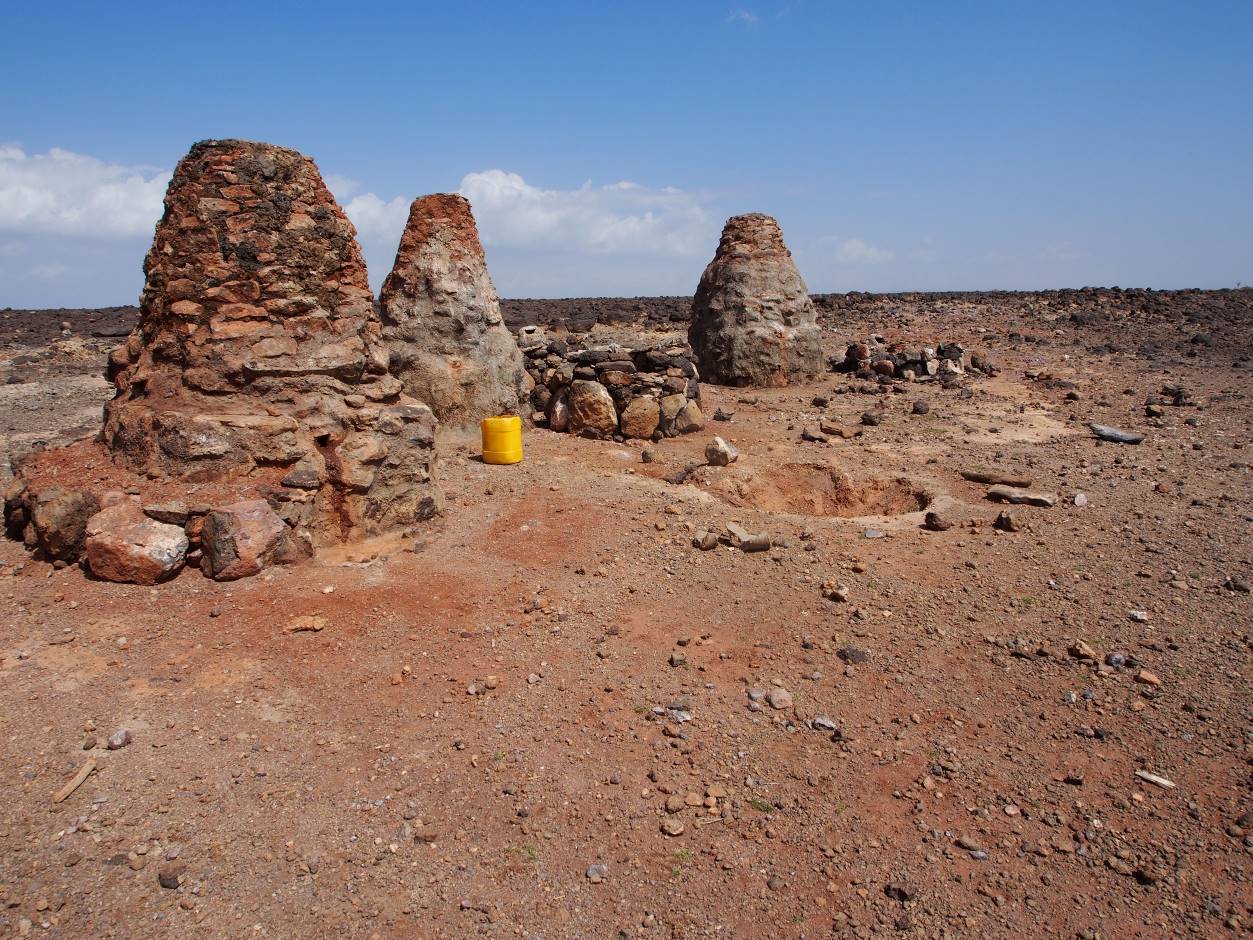
Figure 1: Steamwells in the Afar settlement of Li Ado, near Eli Daar
Context
Afar is a region of utmost aridity. With an average annual rainfall of 100 to 300 mm, it has the ignoble reputation of being one of the hottest places on Earth. Ninety percent of its population lives on pastoralism as the pastoral lifestyle based on livestock mobility is the only adaptable to the prevailing harsh and unstable environmental conditions. Moreover, mobility is crucial for pastoralists to harness the heterogeneity in time and space in forage and water. This mobility also allows grassland to regenerate during the wet season. Women, elders, and children conduct a more sedentary life in small settlements and take care of smaller ruminants with reduced mobility. The presence of a permanent water source is crucial for their survival. Death from thirst is a reality for some.
Steam wells
In this rocky and saline depression of geological and geothermal superactivity, near Eli Daar, a series of aboveground rock canopies capture the attention of random visitors. These are steam wells, “bonya” in the local language, and represent a traditional water harvesting technology unique to the Afar.
Steam wells harvest steam, which is forced up to the ground level from underground streams passing through burning volcanic rocks. The generated vapour is then condensed in chambers made out of stones, which are positioned above the fissures from where the vapour emerges. The condensed boiling water trickles down into a receptacle to cool down from where it is collected with jerry cans or goatskin water-bags. Traditional wells can yield 10-25 litres a day so that each household would need several of them to be able to satisfy daily domestic water requirements.
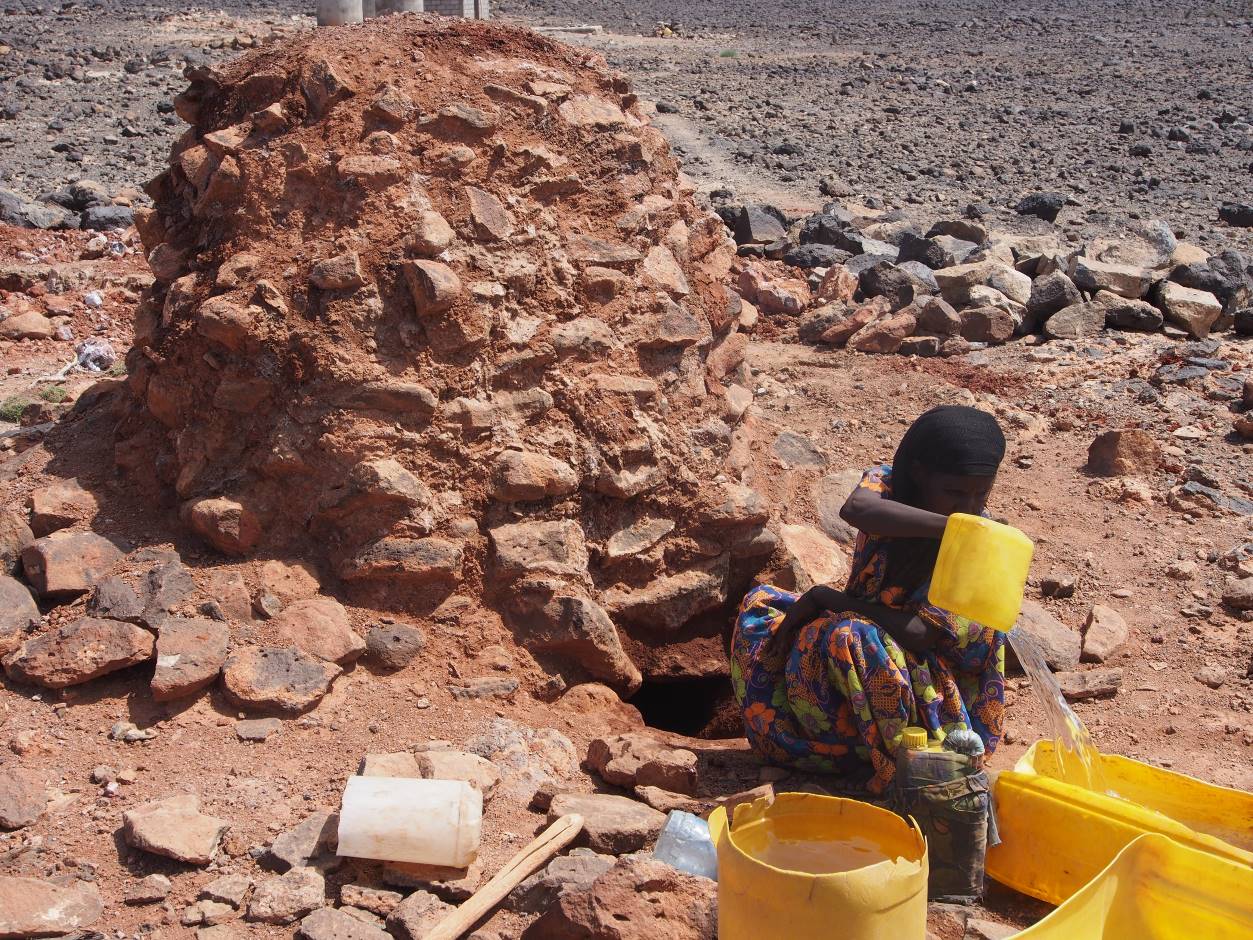
Figure 2: A woman fetching burning water from a steamwell
Site selection and construction
Afar peoples’ experienced eye detects what could be a good spot to construct a new well. They base their assessment on two main hints, the first is the red-to-black colour of the rocks, which indicates an underlying volcanic activity, the second is the observation of vapour coming out of the ground and which is visualised as wet patches on rocks as it condenses. When these two features coincide, the Afar can tell with acceptable probability that water can be found in that specific place. What is more difficult to assess a priori is the amount of water the well will be yielding per day and the number of years the well will be producing a sufficient amount of water. On average, the life of a well can be 7-10 years.
Once a well is exhausted, a new one is constructed in another place. The construction starts with digging an up to 3 m deep whole in correspondence with the “eye” of the steam. Once they have opened the outlet, Afar then build a house of stones over the outlet to capture the vapour. As the stones are “weeping”, put in local words, they produce water.
Not everybody in the community knows how to construct steam wells. In the settlement of Li Ado, near Eli Daar, there are just two people among the 20 households that live in the settlement, who have the knowledge and skills to build steamwells. This knowledge is passed on through generations.
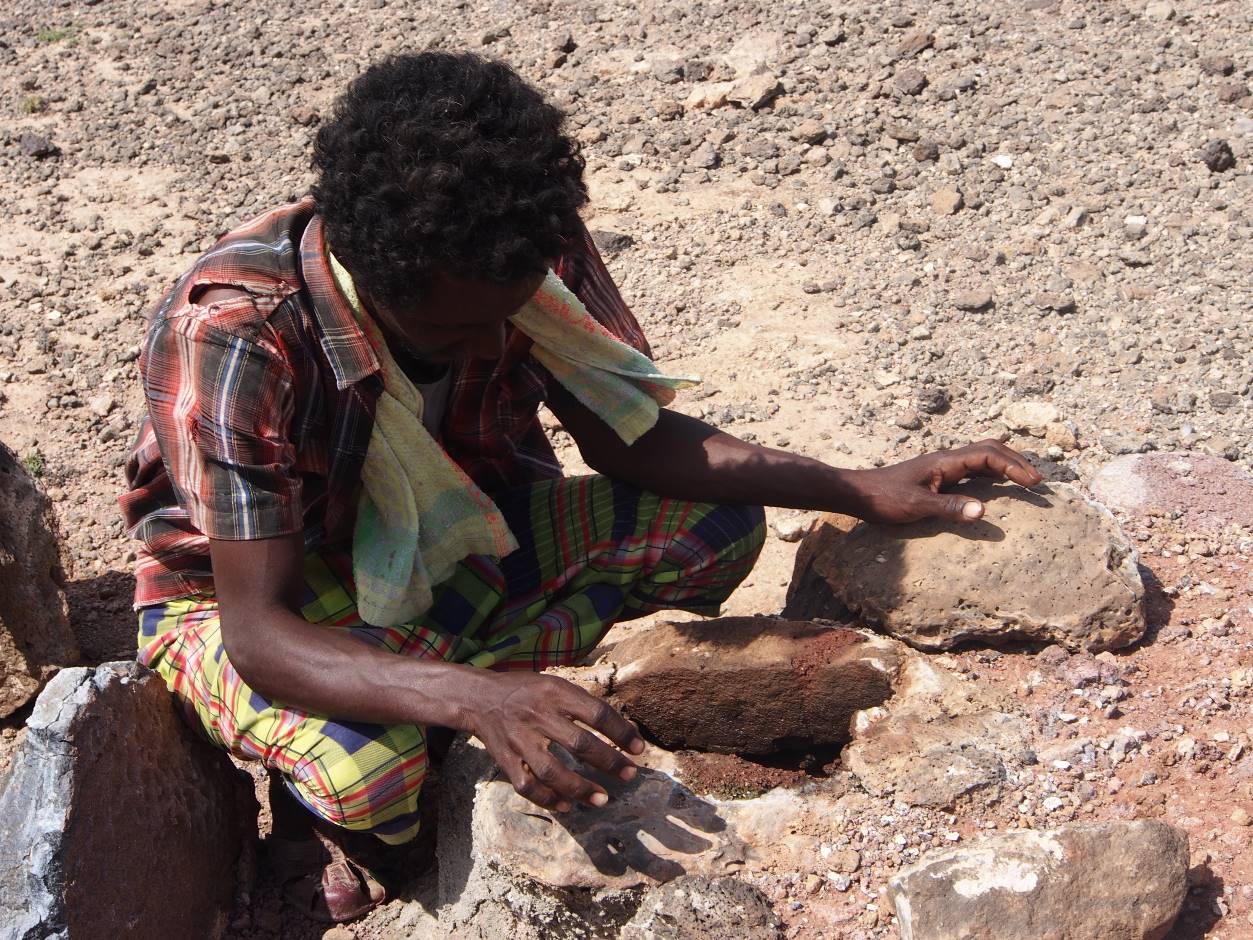
Figure 3: A man constructing the stone house around the vapour outlet
Learning from successes
The Afar Pastoralist Development Association is mobilizing the local community to upgrade these traditional steam wells, improving their capacity and function. By both lining the interior of the stone chambers and improving the outlet, water production can be augmented substantially. Moreover, in these improved wells the outlet is positioned at ¼ of the height and not at the bottom. This has two main benefits. First, who fetches water during the night does not risk to be bitten by animals hiding at the bottom of the well. Second, the outlet can be connected to a pipe to ease the filling of the jerry cans without having to handle burning water with the hands. Afar in Li Ado see positively this improved version of the steamwells, which according to them yields more water of higher quality.
Currently, APDA is also running two pilot steamwells made in concrete and connected to a larger buried reservoir through a piped system. These clustered wells can yield up to 1500 litres per day.


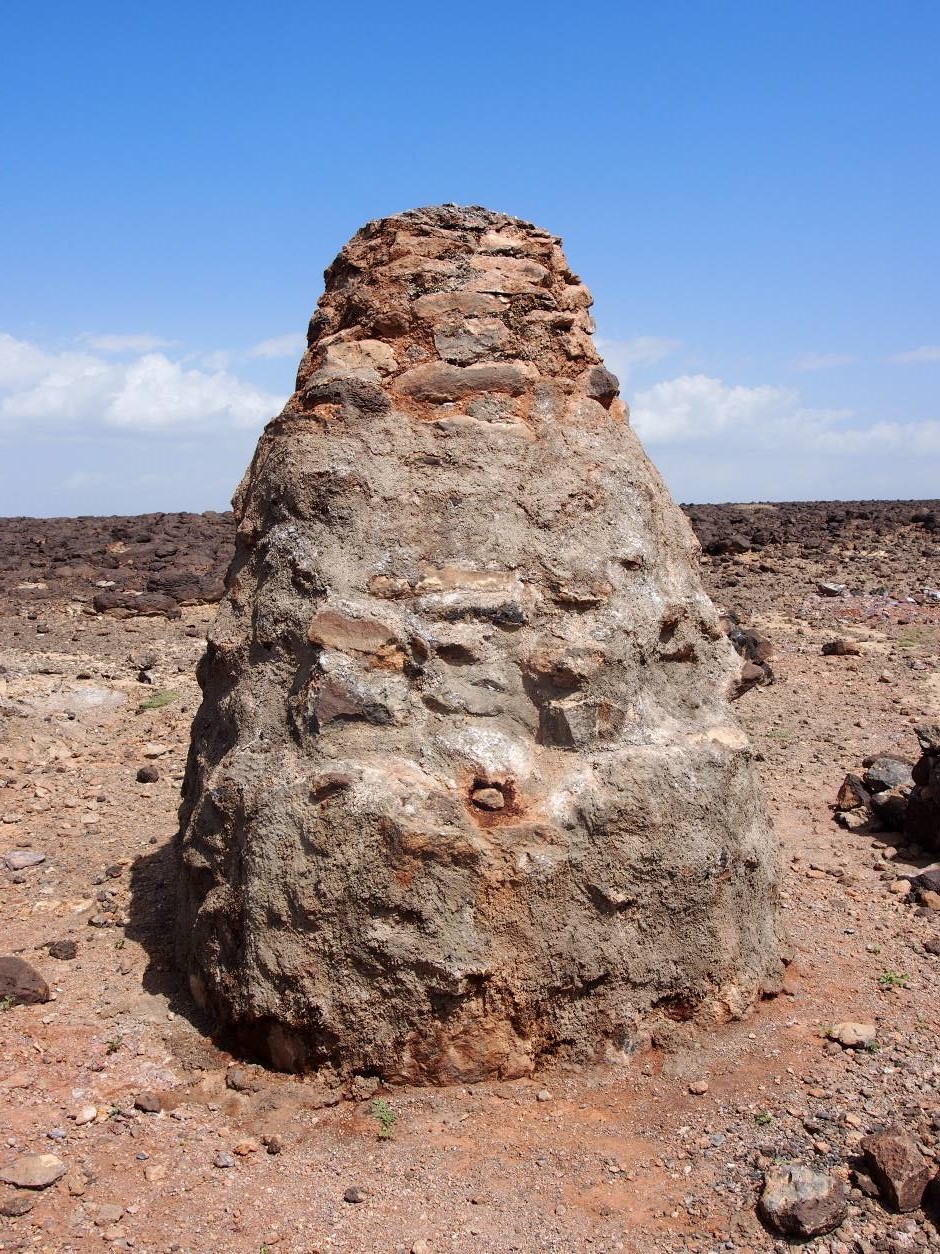
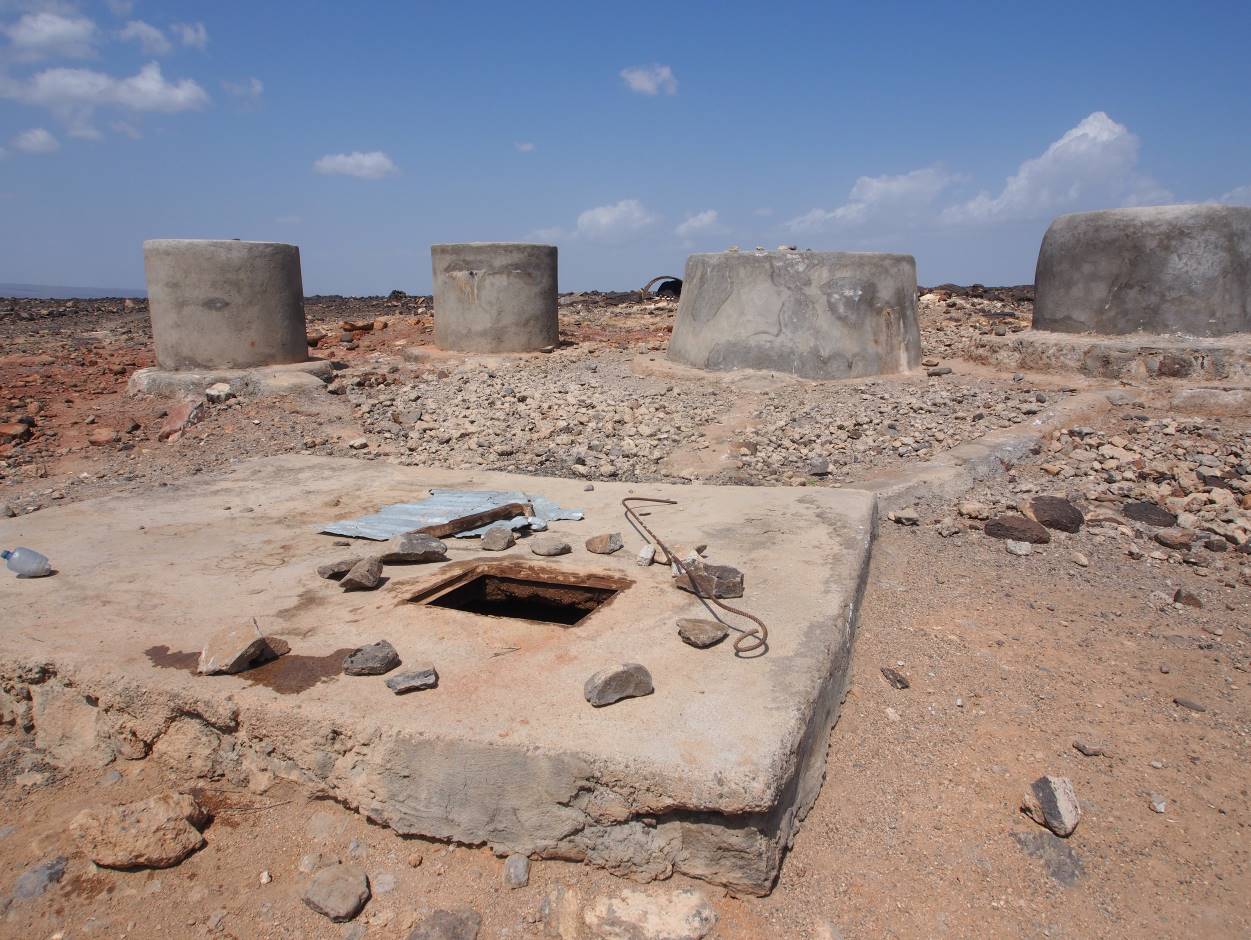
Figure 4: Improved steamwell lined with cement Figure 5: Pilot steamwell with the water storage reservoir connected with the conrete steamwells
With a special thanks to:

